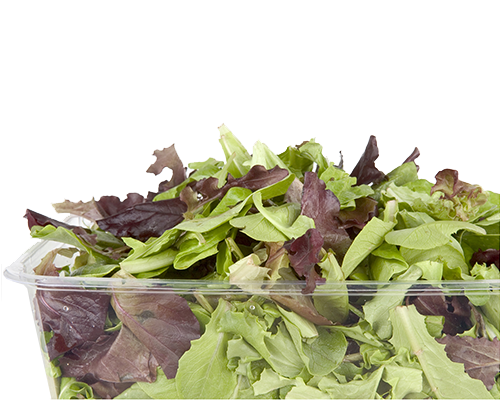California Pear Industry Speaks Out Against Argentine Imports - Produce Market Guide
- Dec 29, 2025
Like cooking vegetables, salad vegetables are part of another broad and varied category. Many of these vegetables are the most well-known among consumers. The list of salad vegetables includes broccoli, cabbage, carrots, cauliflower, celery, cucumbers, endive, escarole, green onions, lettuce, mushrooms, peas, bell peppers, chili peppers, radishes, romaine, spinach and tomatoes. Market them well to drive profits to your bottom line.
